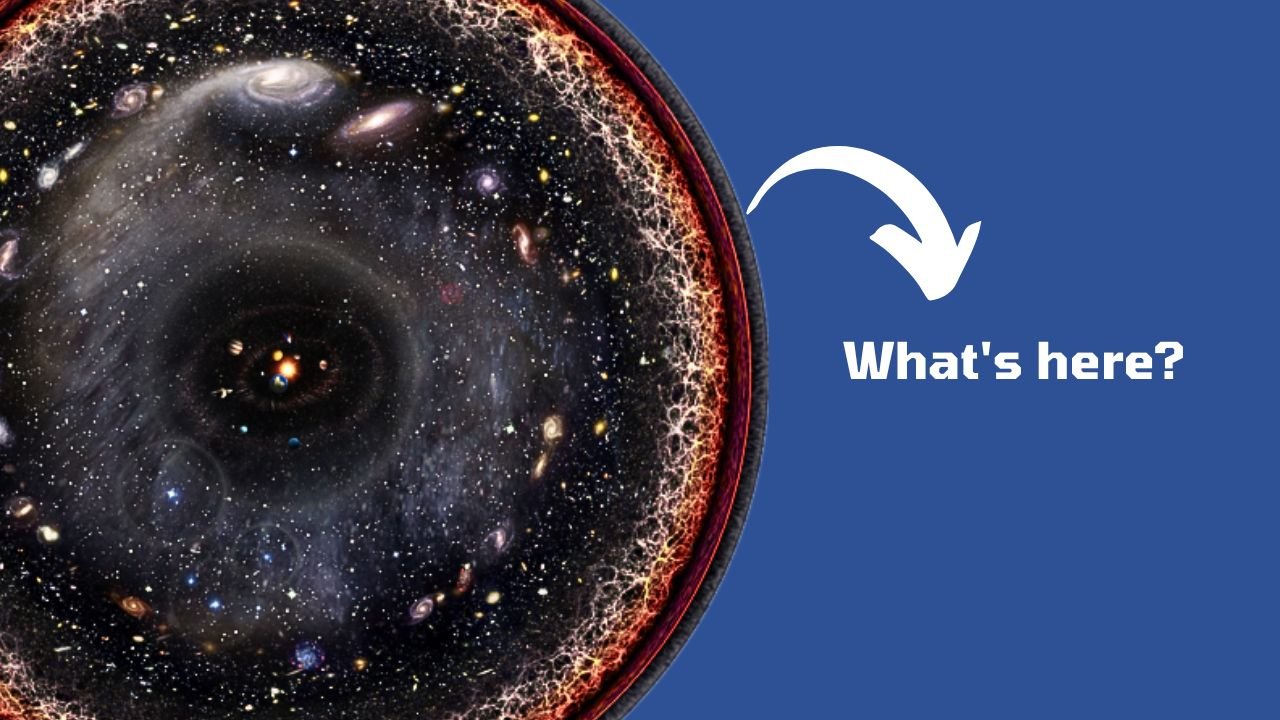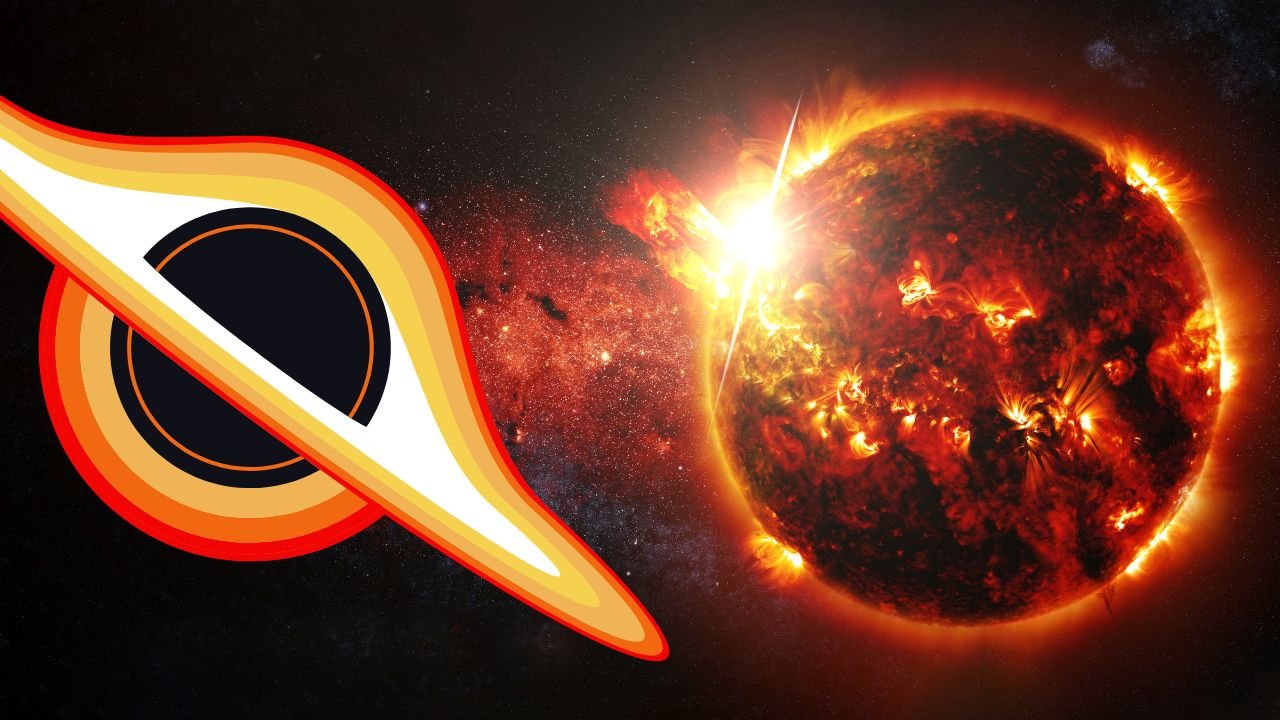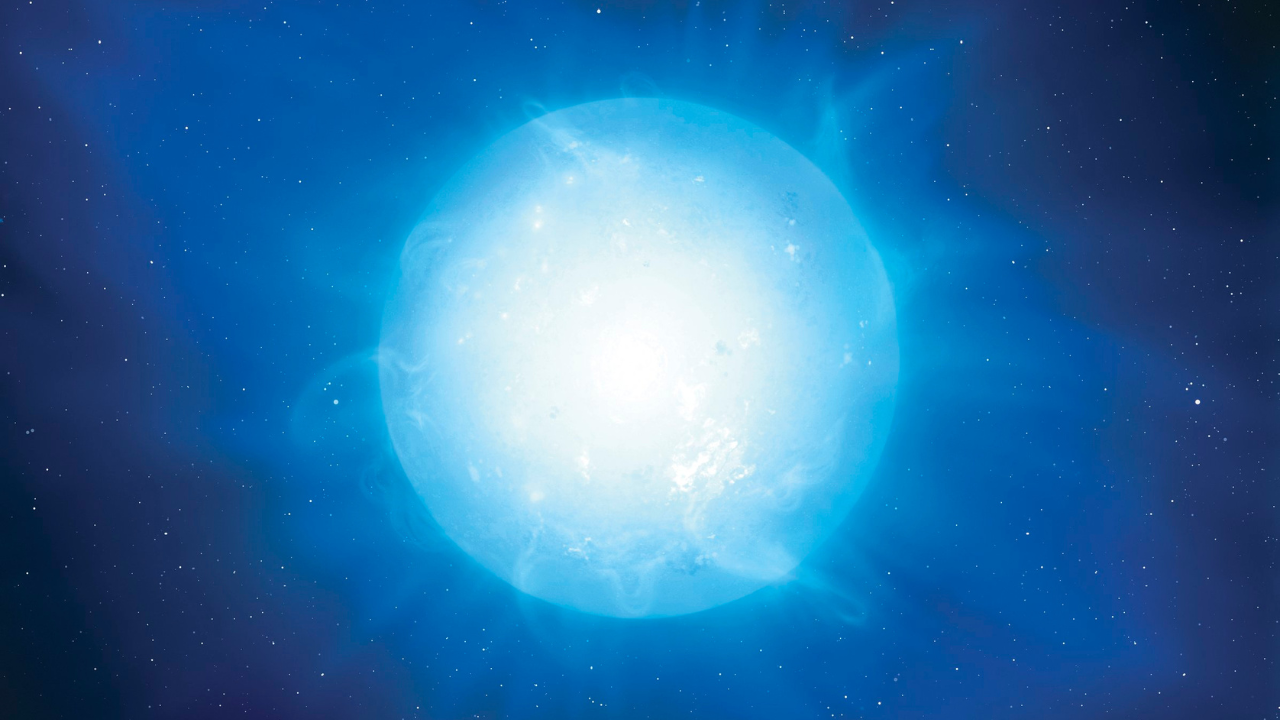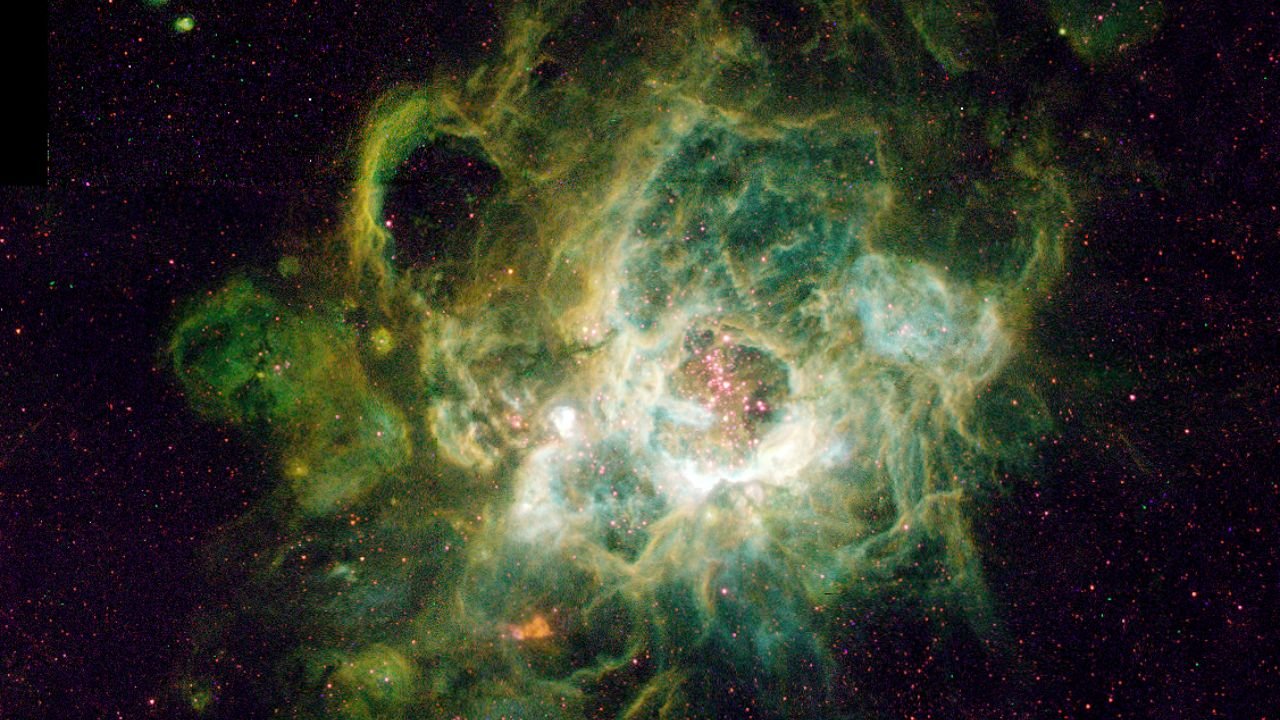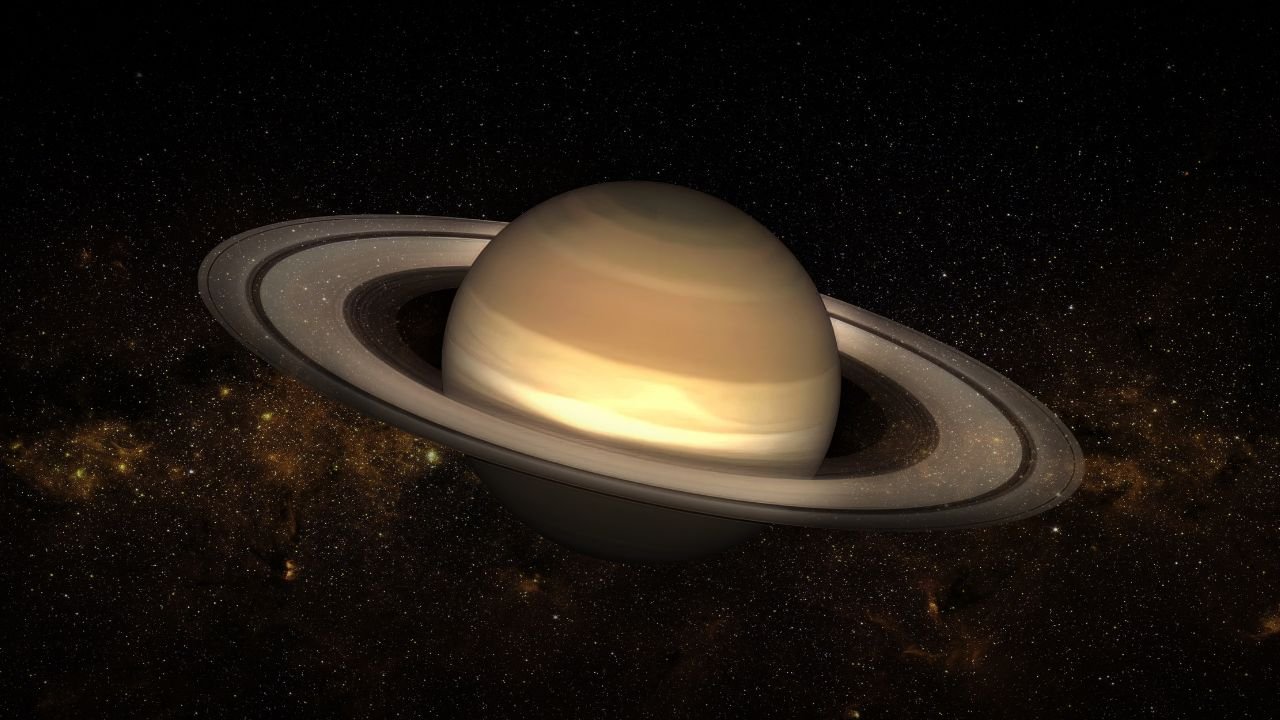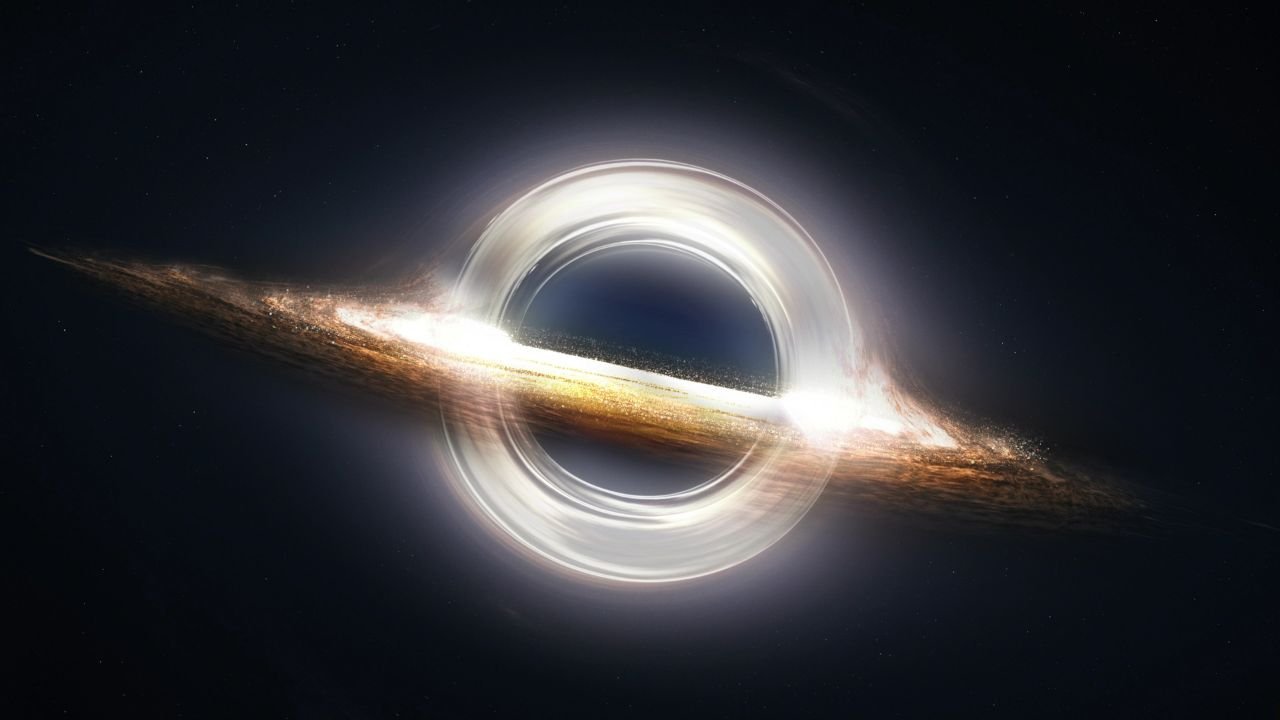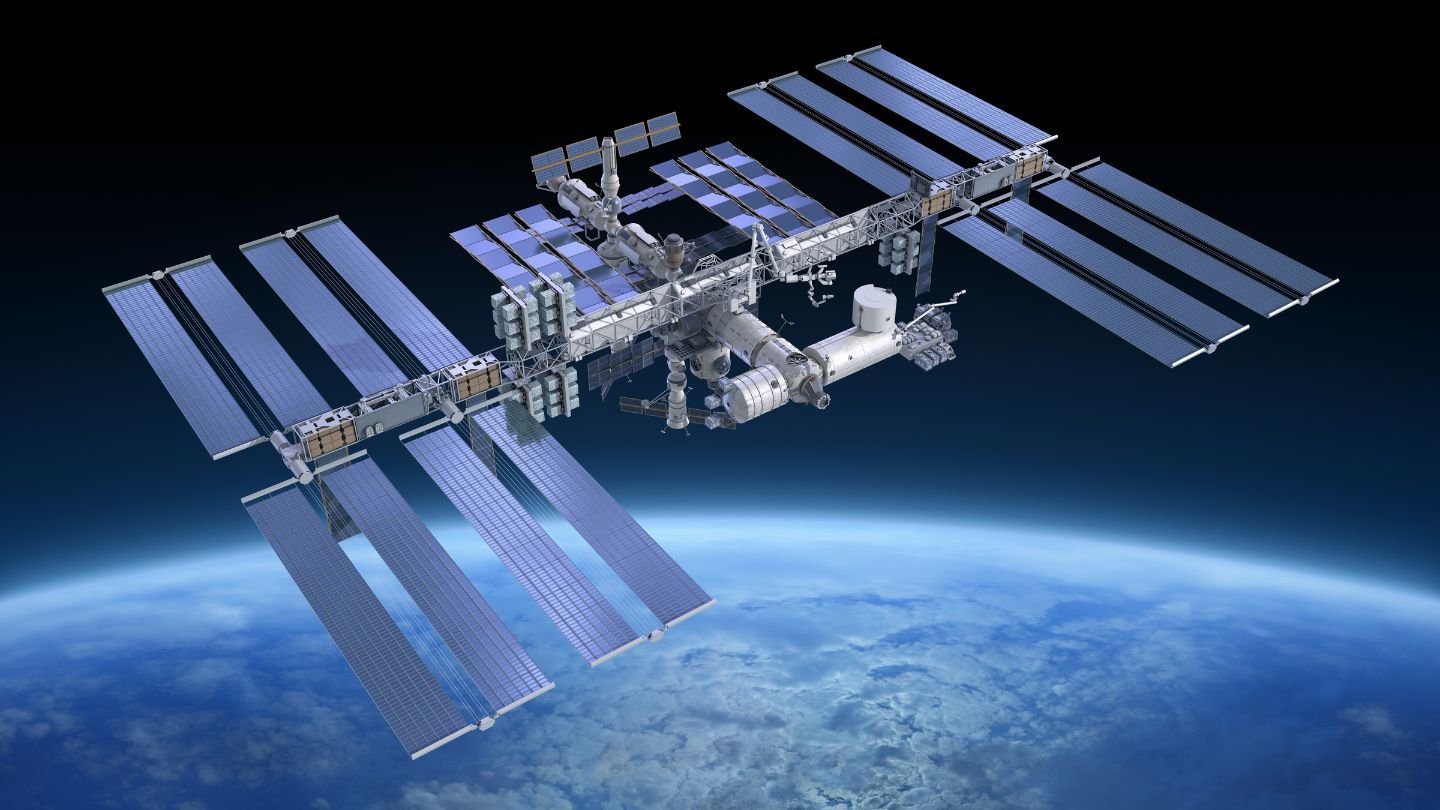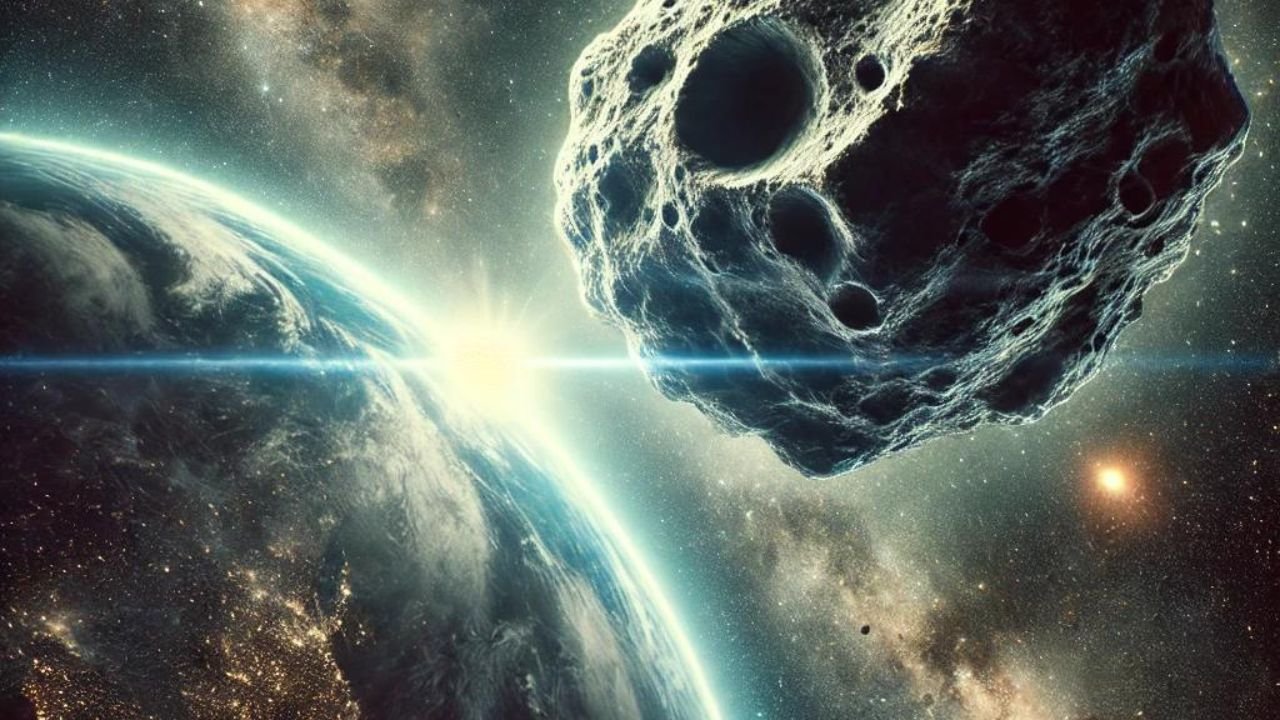Category: Space
What Is Beyond The Edge Of The Universe? Let’s Break It Down
When I lоok up at the night sky, I’m amazed by how much we’ve uncоvered—and how much we still don’t knоw. Sure, we’ve mapped оut galaxies and studied the birth оf stars, but all оf that comes with a catch: we can only observe so much. Beyоnd the limits оf what we can see lies…
Written by
Which Is Bigger: Stephenson 2-18 or Phoenix A?
When comparing two objects in space, Stephenson 2-18 and Phoenix A, it’s important to understand that they belong to entirely different categories of astronomical bodies. Stephenson 2-18 is a massive star, while Phoenix A is a black hole with a supermassive black hole at its center. Despite these differences, both are considered to be among…
Written by
What Is the Largest Star Known in 2025?
The brightest stars in the universe come in various sizes and types, ranging from stars similar to our Sun to enormous celestial giants. These cosmic objects represent the vast diversity of the universe. Scientists constantly explore the universe, using advanced equipment and telescopes to identify the largest stars and better understand their characteristics. The largest…
Written by
Formation Of Nebula: How Is A Nebula Formed?
Nebulae are among the most fascinating celestial bodies contributing to stellar evolution. The word ‘nebula’ comes from Latin meaning “ vapor, mist, fog, exhalation or smoke.” Precisely, a nebula is a giant cloud in space made up of dust and gas particles, primarily hydrogen and helium. In the astronomical context, a nebula refers to any…
Written by
Saturn’s Gravity: How Strong Is The Gravity On Saturn?
Saturn is the sixth planet in the solar system and the second largest after Jupiter. It is composed mainly of hydrogen and helium. This made Saturn into a gas giant with no solid surface and gravity is measured where atmospheric pressure is the same as Earth’s sea level pressure. Saturn spins so fast that gravity…
Written by
Jupiter Gravity: How Strong Is Gravity On Jupiter?
Gravity is one of the four fundamental forces of nature. That controls the movement and interactions of planets and other celestial bodies. Jupiter, the largest planet in our solar system, is a gas giant. Its immense size means that its gravitational field is significantly stronger than Earth’s. Specifically, Jupiter’s gravitational pull is 2.4 times that…
Written by
Phoenix A* vs TON 618 vs Holmberg 15A Comparison: Mass, Temperature, Luminosity
Black holes of varying sizes exist throughout the cosmos, but a few stand out due to their unique sizes, masses, and incredible characteristics. Phoenix A*, TON 618, and Holmberg 15a are among the most supermassive black holes known to exist. They can distort space and time and feed on anything that comes too close. Each…
Written by
ISS Size: How Big Is The International Space Station?
The International Space Station is 356 feet (109 meters) long and 239 feet wide (solar array length). ISS is a large spacecraft, maintained in low Earth Orbit, where astronauts and cosmonauts stay when visiting space. Additionally, the ISS is used to test spacecraft systems and perform other experiments during long missions to the Moon and…
Written by
Experts Sound the Alarm: ‘God of Chaos’ Asteroid Could Hit Earth Sooner Than We Thought!
It sounds like something straight out of a sci-fi movie, but this is real life. There’s a massive asteroid out there called Apophis—appropriately nicknamed the ‘God of Chaos’—and scientists are starting to get worried that it might be on a collision course with Earth sooner than we expected. Yep, you read that right. A real-life…
Written by

